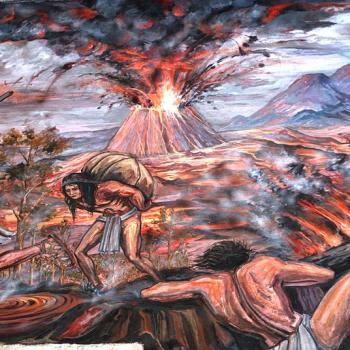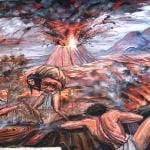
Here are a few more notes that I’ve drawn from Pim van Lommel, Consciousness Beyond Life: The Science of the Near-Death Experience (New York: HarperCollins, 2010). Dr. van Lommel is a Dutch cardiologist:
Many thousands of people are known to have had a near-death experience, but estimates put the number of people who have had one in the past fifty years at more than 25 million worldwide. Fairly recent studies in the United States and Germany suggest that approximately 4.2 percent of the population has reported an NDE. (9)
Dr. van Lommel estimates, based on extrapolations from certain data, that
about 600,000 people in the Netherlands, 2 million people in the United Kingdom, and more than 9 million people in the United States have had an NDE. (9)
The fact that an NDE can occur under very different circumstances, such as during a coma cause by a cardiac arrest, under general anesthesia, but also without any clear medical indication, is important for the study of its potential causes. The frequently cited argument that an NDE is caused by oxygen deficiency in the brain obviously does not apply to people who experience one during depression or isolation. (9)
The experience of a very lucid consciousness at a moment when all brain function has ceased raises important questions about the relationship between consciousness and the brain. (9)
I should mention a comparative study that looked at whether there is any difference between NDE accounts recorded before and after 1975 [the year in which Raymond Moody’s landmark bestseller Life after Life appeared, making near-death experiences a common topic of conservation and leading to an avalanch of similar books thereafter]. The question was whether the publicity that followed the publication of Moody’s book had any influence on the contents of an NDE. However, the study showed that all the NDE elements he mentioned were reported just as frequently before as after 1975; the sole exception was the tunnel experience, which was reported a little less often in the past. The NDE and its effect on patients appear to be essentially the same worldwide except for some culture-specific differences in content and interpretation. One intercultural study shows that certain NDE elements, such as the panoramic life review and tunnel experience, are reported less frequently by the indigenous peoples of North America, Australia, and the islands in the South Pacific. (10-11)
Sorry, but I continue to extract things that I think some readers might find interesting.












